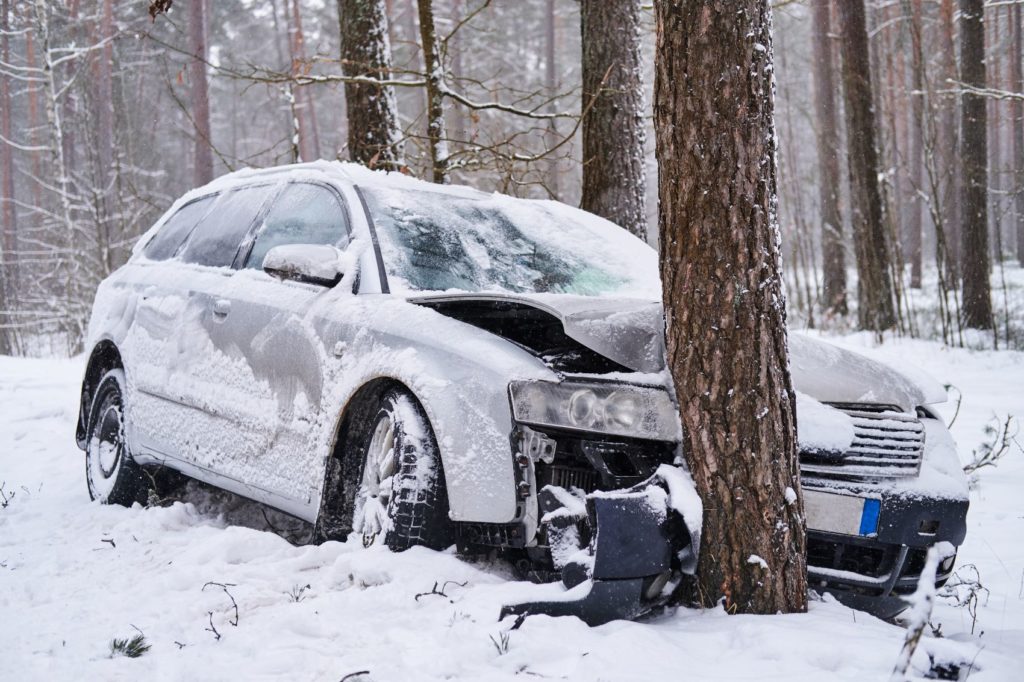The Insurance Institute for Highway Safety (IIHS) has conducted a study on how the broader implementation of Advanced Driver Assistance Systems (ADAS) and other driving aids in new cars can mitigate or prevent up to three-quarters of fatal crashes involving teenage drivers. Even though active safety features like lane departure warning and frontal collision avoidance are beneficial for everyone, the study finds that advanced crash avoidance technologies are particularly relevant to teen drivers.
“We know these technologies don’t stop 100 percent of the crashes they’re designed to address, but our analysis shows that potential benefits for teen drivers could be pretty stunning if they were widely used,” said Alexandra Mueller, IIHS Research Scientist and lead author of the paper.
The Grim Truth
In a past report by the Governors Highway Safety Association (GHSA) and the Ford Motor Company Fund, speeding is the leading cause of death for teenagers living in the United States. The IIHS study adds teen drivers are nearly four times as likely to crash as drivers 20 years and older and are more likely to be involved in a fatal crash than any other age group (except those 80 and above).
In addition, past research has proven teen drivers struggle to recognize hazards, leading to more loss-of-control and run-off-the-road crashes. Furthermore, studies have shown that teen drivers are more prone to losing focus and are less likely to lower their speed to compensate for poor visibility or slick roads. The IIHS further adds that teenagers are more often involved in right-angle and rear-end collisions.
Silver Lining Among The Clouds
The odds are against teen drivers due to what the IIHS said is a unique set of risk factors, particularly inexperience, low seat belt use, and high rates of speeding. The newest study analyzed passenger-vehicle crashes involving teen drivers that occurred on U.S. roads from 2016 to 2019. The research team focused on scenarios relevant to three crash avoidance features (front crash prevention, lane departure warning, and blind-spot monitoring) and three teenager-specific technologies (speeding prevention features, nighttime curfew notifications, and reminders to encourage seat belt use).
The results are encouraging. The study concludes ADAS and other driving aids could prevent 41 percent of all crashes involving teen drivers (assuming the driving aids are utilized and are effective). Additionally, advanced vehicle safety technology can prevent up to 47 percent of teen driver injuries and 78 percent of teen driver deaths.
The research also showed that front crash prevention, lane departure warning, and blind-spot monitoring are relevant to a third of teen driver deaths and a quarter of teen driver injuries. Moreover, smartphone apps and vehicle features explicitly designed for teen driver safety can prevent a third of teen driver injuries and up to two-thirds of teen driver deaths.

Not Perfect, But Effective
The IIHS study notes that driving aids would need to work perfectly in order to fully mitigate teen-related crashes. As it stands, ADAS technology is not always perfect. But even still, the universal adoption of crash avoidance technologies can prevent vehicle crashes even in their existing formats. Previous research states that automatic emergency braking, blind-spot monitoring, and lane departure warning reduced vehicle crashes by 50 percent, 14 percent, and 11 percent, respectively.
The percentages translate to preventing nearly 110,00 crashes yearly with automatic emergency braking, 4,500 with blind-spot monitoring, and up to 6,500 with lane departure warning. The effectiveness of teen-specific smartphone driving apps remains inconclusive. Still, early studies have shown promise that vehicle reminders and apps can encourage seatbelt use and reduce speeding. The IIHS claims a fifth of injuries of 16 and 17-year-old drivers (and a third of deaths) occur between 9 p.m. and 6 a.m., proof that apps that notify parents of curfew violations could have significant benefits if strictly enforced.
Access & Education
The potential safety benefits are encouraging, but there are hurdles to overcome. Only a quarter of vehicles on U.S. roads will have automatic emergency braking, lane departure warning, and blind-spot monitoring by 2023, and teenagers are more likely to drive older and more affordable cars with fewer safety features. Likewise, parents may not realize that newer vehicles come with teen driver-specific technologies. To help increase awareness of this, the IIHS has worked with Consumer Reports to create a comprehensive list of the best cars for teen drivers.
“Lack of access and lack of acceptance are two major barriers preventing these technologies from delivering their full potential,” Mueller added. “Manufacturers should include these features in more vehicles and do a better job of communicating the benefits to parents and teens.”
Alvin Reyes is an Automoblog feature columnist and an expert in sports and performance cars. He studied civil aviation, aeronautics, and accountancy in his younger years and is still very much smitten to his former Lancer GSR and Galant SS. He also likes fried chicken, music, and herbal medicine.
Source: Insurance Institute for Highway Safety. This article originally appeared on AutoVision News. It was republished with permission.
Original article: IIHS Study: Advanced Safety Features Offer Significant Benefits for Teen Drivers
from Automoblog https://ift.tt/3ieAia6
No comments:
Post a Comment